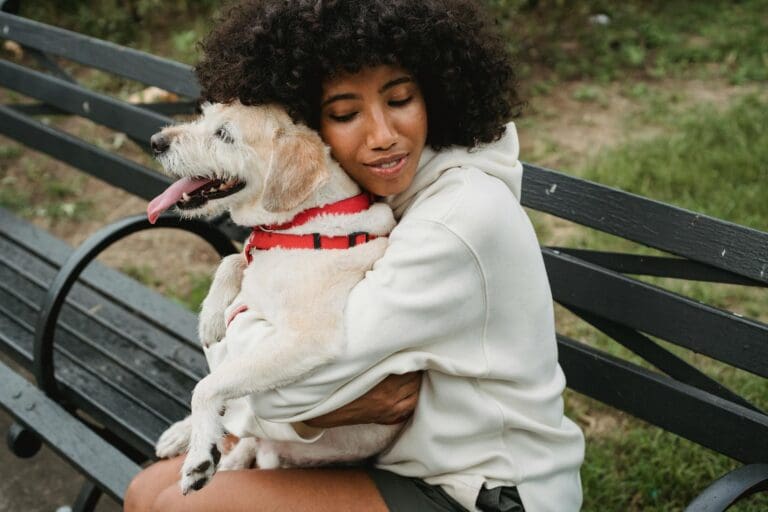Being a responsible pet owner involves more than just providing food and shelter—it’s about ensuring your dog’s overall well-being. This includes proper training, regular veterinary care, and making sure they are mentally and physically stimulated.
In this article, we’ll discuss some of the common signs that may indicate your dog is being neglected, even if unintentionally. Understanding and addressing these issues can lead to a healthier, happier life for your furry friend.
10. You rarely take your dog for walks
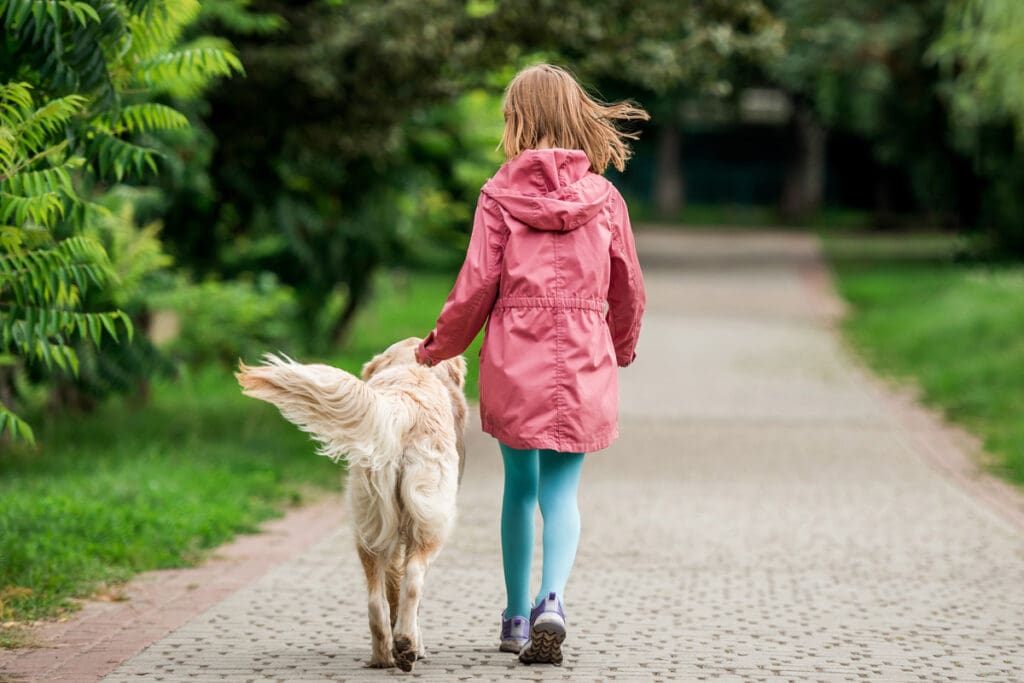
Regular walks are crucial for your dog’s physical and mental well-being. Lack of exercise can lead to obesity, behavioral issues, and poor health. Daily walks provide essential exercise, mental stimulation, and socialization opportunities. Aim for at least 30 minutes of walking per day, adjusting based on your dog’s age, breed, and health needs.
9. Your dog is overweight or obese
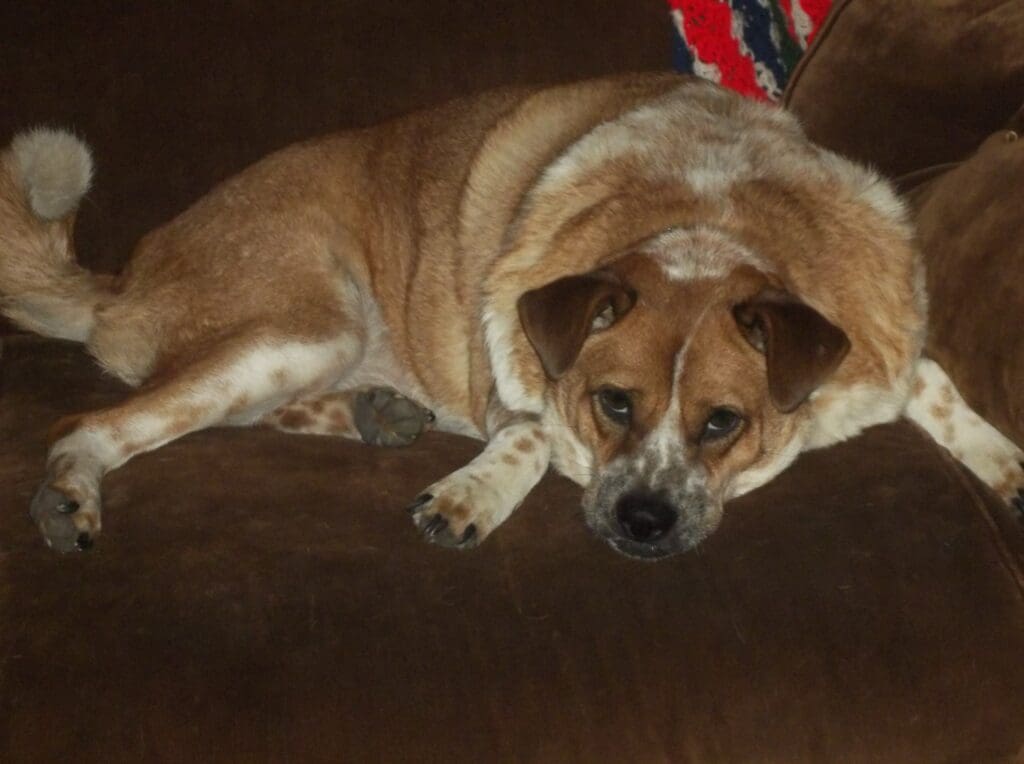
Allowing your dog to become overweight is a serious health risk. Recent data shows 59% of dogs in the U.S. were classified as overweight or obese in 2022, up from 43% in 2007. Obesity can reduce a dog’s lifespan by up to 2.5 years and increase risks of arthritis, diabetes, and heart disease.
8. Your dog doesn’t respond to basic commands
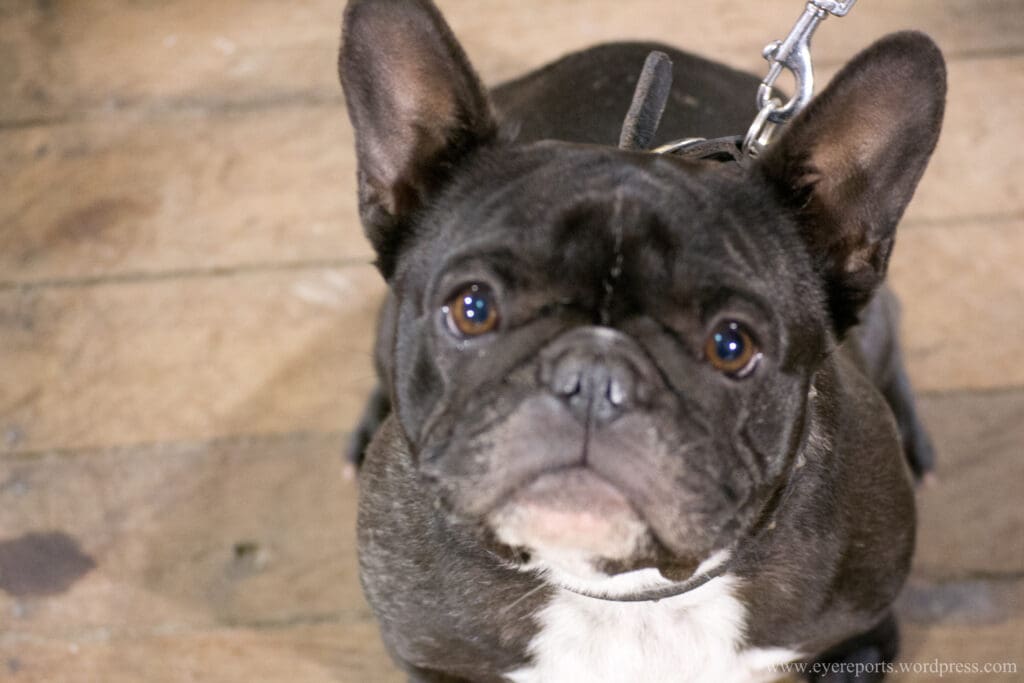
If your dog consistently ignores basic commands like “sit” or “come,” it may indicate insufficient training or inconsistent reinforcement. This can be dangerous in emergencies. Dedicate time to regular, positive reinforcement training sessions and avoid “command nagging” by repeating instructions multiple times.
7. Your dog is destructive when left alone
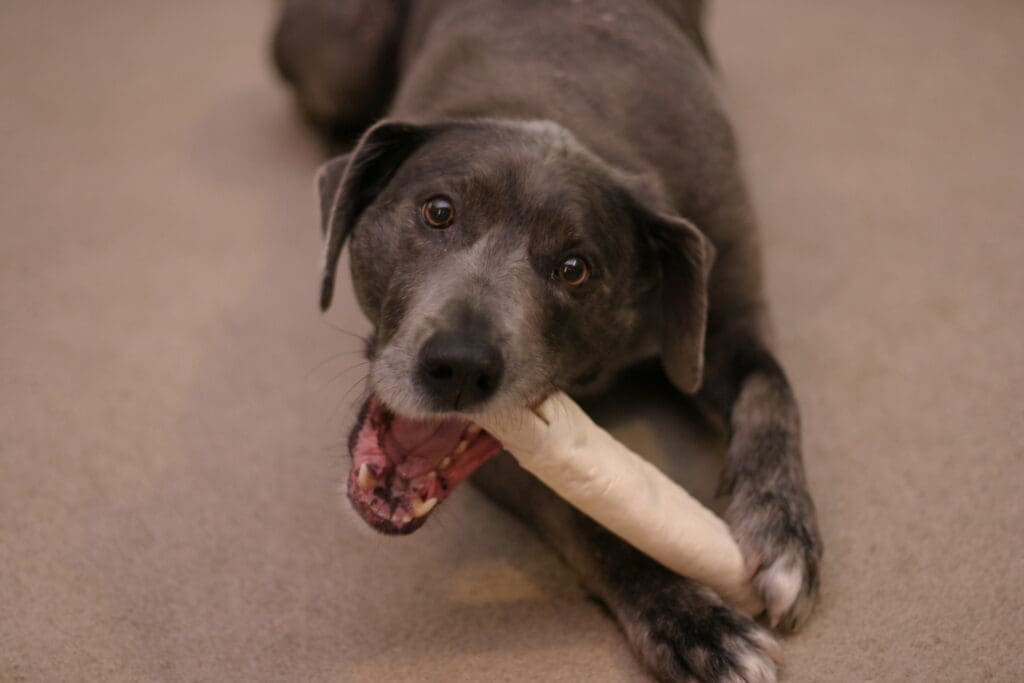
Destructive behavior when left alone often indicates separation anxiety or boredom. This can manifest as chewing furniture, digging, or excessive barking. Ensure your dog gets enough exercise, mental stimulation, and gradual alone-time training. Provide engaging toys and consider crate training to create a safe space. If issues persist, consult a professional trainer or veterinarian.
6. Your dog shows signs of fear or aggression towards people

If your dog displays fear-based aggression, such as growling, snapping, or biting when approached by strangers, it may indicate inadequate socialization or past traumatic experiences. Proper training and socialization are crucial for developing a well-adjusted, confident dog. Consult a professional dog trainer to address these issues and improve your dog’s behavior.
5. Your dog’s vaccinations are not up to date

Keeping your dog’s vaccinations current is crucial for their health and safety. Core vaccines like rabies, distemper, parvovirus, and adenovirus should be administered according to your vet’s recommended schedule. Neglecting vaccinations puts your dog at risk of serious, potentially fatal diseases and may even violate local laws.Source: Kirrawee Veterinary Hospital (https://www.kirraweevet.com.au/pet-care/pet-care-for-dogs/why-should-you-vaccinate-your-dog.html)
4. Your dog has poor dental hygiene
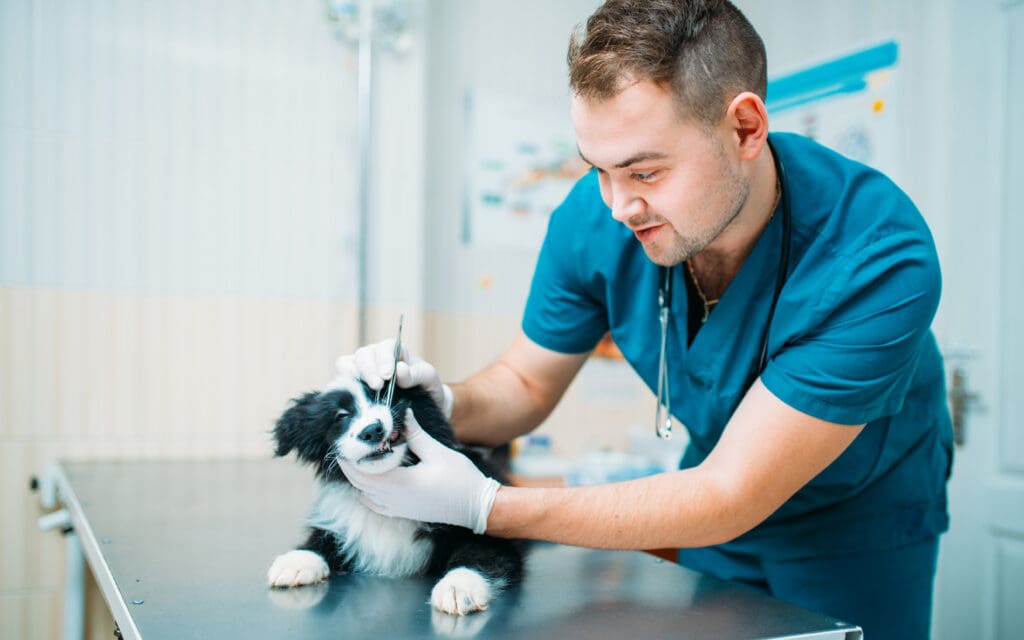
Neglecting your dog’s dental health can lead to serious issues like tooth loss, bad breath, and even organ damage. Regular brushing, dental chews, and professional cleanings are essential. Poor dental hygiene in dogs is often a sign of overall neglect and can significantly impact their quality of life.
Source: https://www.bppah.com/why-you-should-get-your-dogs-teeth-cleaned/
3. Your dog is not properly socialized with other dogs
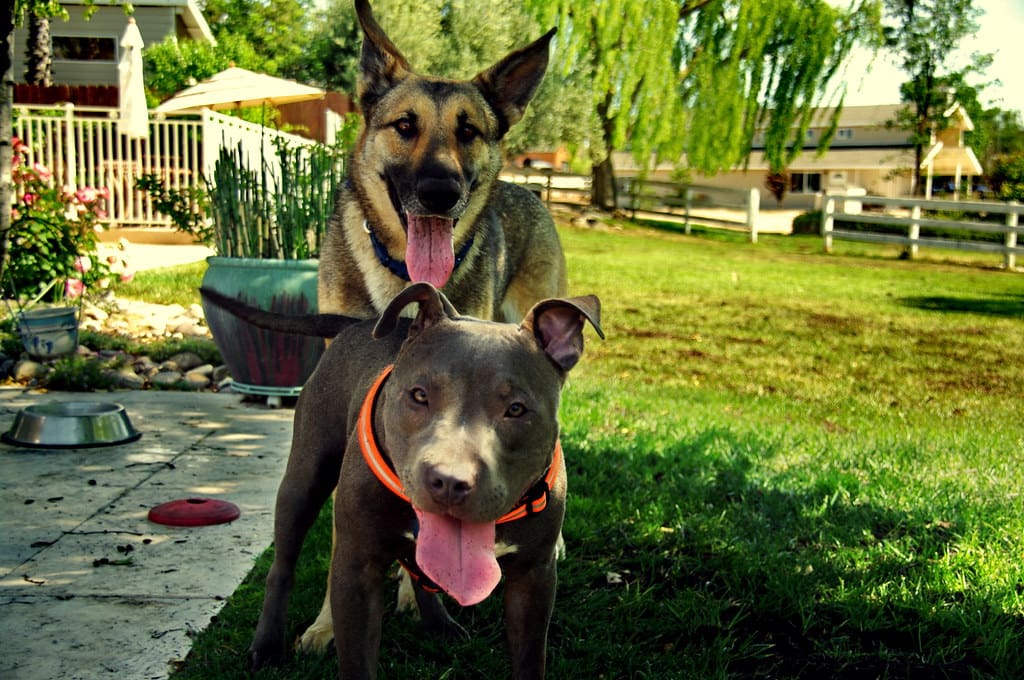
Failing to socialize your dog can lead to fear, anxiety, and aggression towards other canines. Proper socialization builds confidence, reduces stress, and improves overall behavior. Expose your dog to various environments, people, and other dogs from an early age. Attend obedience classes or organized playdates to ensure positive interactions and a well-adjusted pet.
Read More: How to Introduce a New Puppy to Other Family Dogs
2. Your dog frequently has accidents in the house

Frequent indoor accidents in adult dogs often indicate underlying issues. These can range from medical problems like urinary tract infections or diabetes to behavioral causes such as anxiety or incomplete house training. As a responsible owner, it’s crucial to investigate and address the root cause rather than punishing your pet. Consult a veterinarian to rule out health concerns and consider professional training if needed.
Read More: 10 Sure Signs Your Dog Secretly Runs the Household
1. Your dog shows signs of anxiety or stress when you’re around

If your dog exhibits anxiety symptoms like excessive panting, pacing, or hiding when you’re present, it may indicate poor treatment or inconsistent care. Anxious behaviors can stem from lack of socialization, harsh training methods, or unpredictable interactions. Addressing these issues through positive reinforcement and professional help is crucial for your dog’s well-being.
Read More: 10 Reasons You Should Pay Attention to Your Dog’s Teeth

